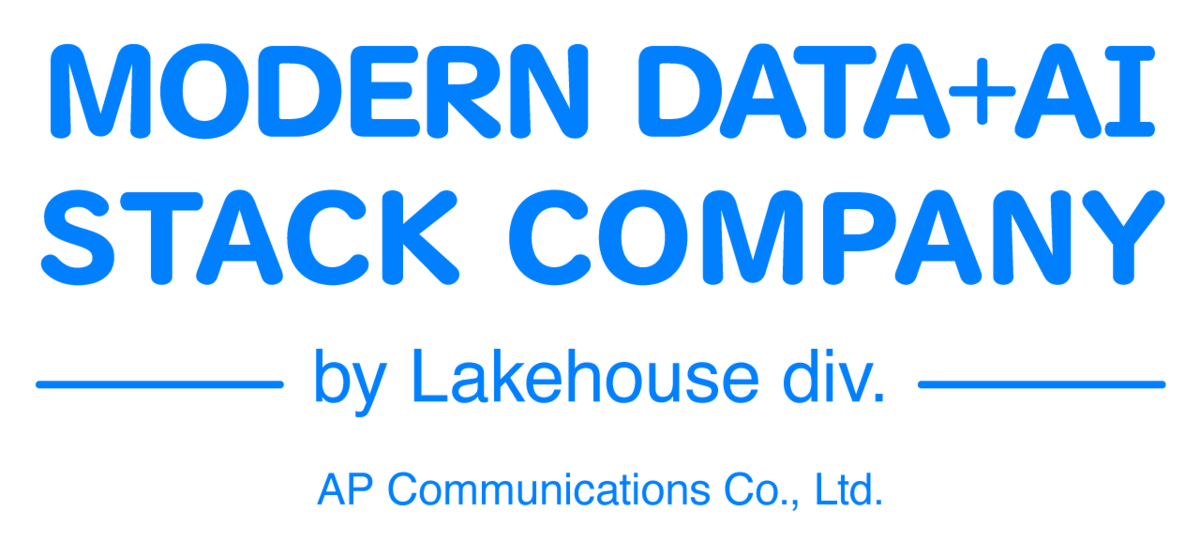Introduction
I'm Sasaki from the Global Engineering Department of the GLB Division. I participated in the local Data + AI SUMMIT2023 (DAIS) and wrote an article summarizing the content of the session.
Articles about the session at DAIS are summarized on the special site below.
Today I would like to talk about a talk I recently watched, "Delta Live Tables A to Z: Best Practices for Modern Data Pipelines." This talk aims to introduce Delta Live Tables (DLT), a system that integrates Spark SQL, Structured Streaming, and Delta, and explain how to create and update datasets. The target audience is data professionals, data engineers, and data scientists. This blog consists of two parts, and this time we will deliver the second part. Part 1 introduced features such as an overview of DLT, real-time data analysis, machine learning model training, automatic data tracking and schema inference with Autoloader. In Part 2, we will discuss efficient data transformation and best practices for data pipelines.
Data Transformation Efficiency and Data Pipeline Best Practices
Simplify data transformation with materialized views
Materialized views were introduced as a way to simplify data transformations and ensure consistent results. This makes it easier to create and update datasets. The advantages of materialized views are:
- Efficient data conversion
- Guaranteed consistent results
Ease of creating and updating datasets
Historical data storage utilizing SCD type 2
The talk showed how to store historical data in the Delta table using SCD type 2. This allows you to track the history of data changes and see past states. The advantages of SCD Type 2 are:
Track data change history
Visibility of past states
Efficient Processing of Complex Queries with Enzyme
Enzyme was introduced as a powerful technique for efficiently processing complex queries. However, it can be difficult to code, so be careful. The benefits and caveats of Enzyme are:
Efficient handling of complex queries
Note the difficulty of coding
DStreamline Execution of Streaming Queries with LT Serverless
It was introduced that DLT Serverless implements technology that makes streaming query execution 2.6 times more efficient. This facilitates real-time data processing. The advantages of DLT Serverless are:
Improved execution efficiency of streaming queries
- Ease of real-time data processing
Automate data pipeline management and improve development processes
Automate pipeline management with DLT
DLT automates the management of data pipelines by providing features such as:
- Automatic management of table creation/update/delete
- Dependency handling
- Separation of development and production
This greatly reduces the effort of data engineers to manage pipelines and enables more efficient development.
Best practices for effective DLT pipeline development The following points were raised as best practices to help develop a DLT pipeline effectively:
- Code Modularization: Implement each process in the pipeline as an independent module to improve reusability and readability
- Create a view: Define the result of extracting and processing a part of the data as a view and share it with multiple pipelines
- Assert conditions with expected values: Assert conditions with expected values to ensure data quality
Applying these best practices will make your DLT pipeline development more efficient and safer.
Using DLT with Python API
DLT provides a Python API and is easy to use. Note, however, that only one version of a Python library can be used within a pipeline. This makes library versioning important.
Version control with Databricks Automation for Infrastructure (DAB)
DAB allows you to version your code, jobs, notebooks, clusters and pipelines. This makes the development process more efficient and secure.
Creation of test data for speeding up the development process
Proper structuring of the DLT pipeline and creation of test data for faster development and testing contribute to an effective development process. By preparing test data, it becomes easier to check the operation of the pipeline under development, and it can be expected to improve the development speed.
Summary
This time, I explained how to improve the efficiency of data conversion, best practices for data pipelines, automation of data pipeline management using DLT, and improvement of development processes. Use this knowledge to make your data processing more efficient and reliable.
Conclusion
This content based on reports from members on site participating in DAIS sessions. During the DAIS period, articles related to the sessions will be posted on the special site below, so please take a look.
Translated by Johann
Thank you for your continued support!
